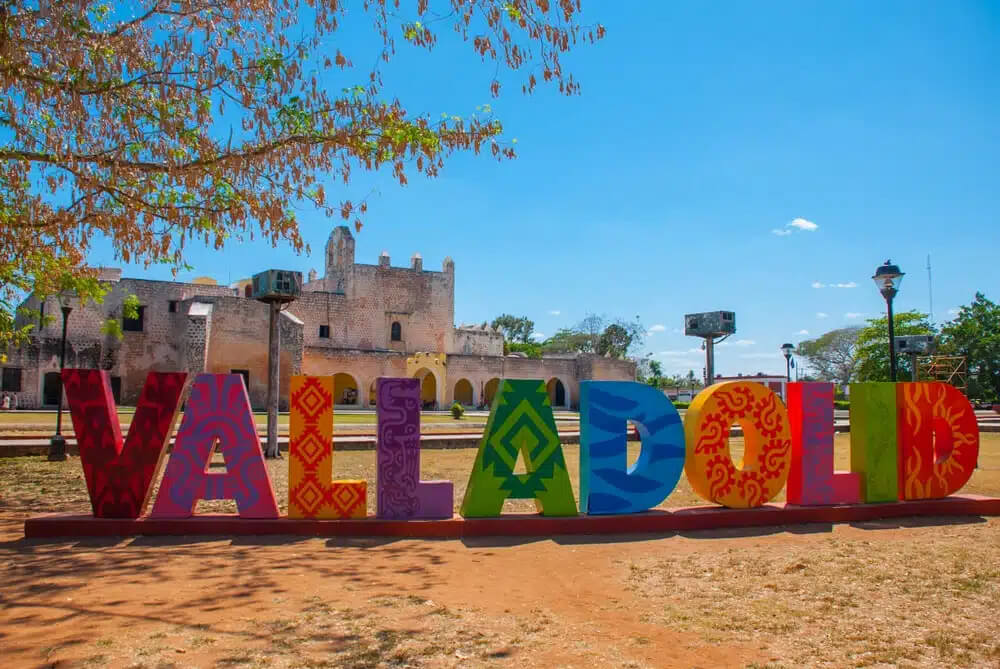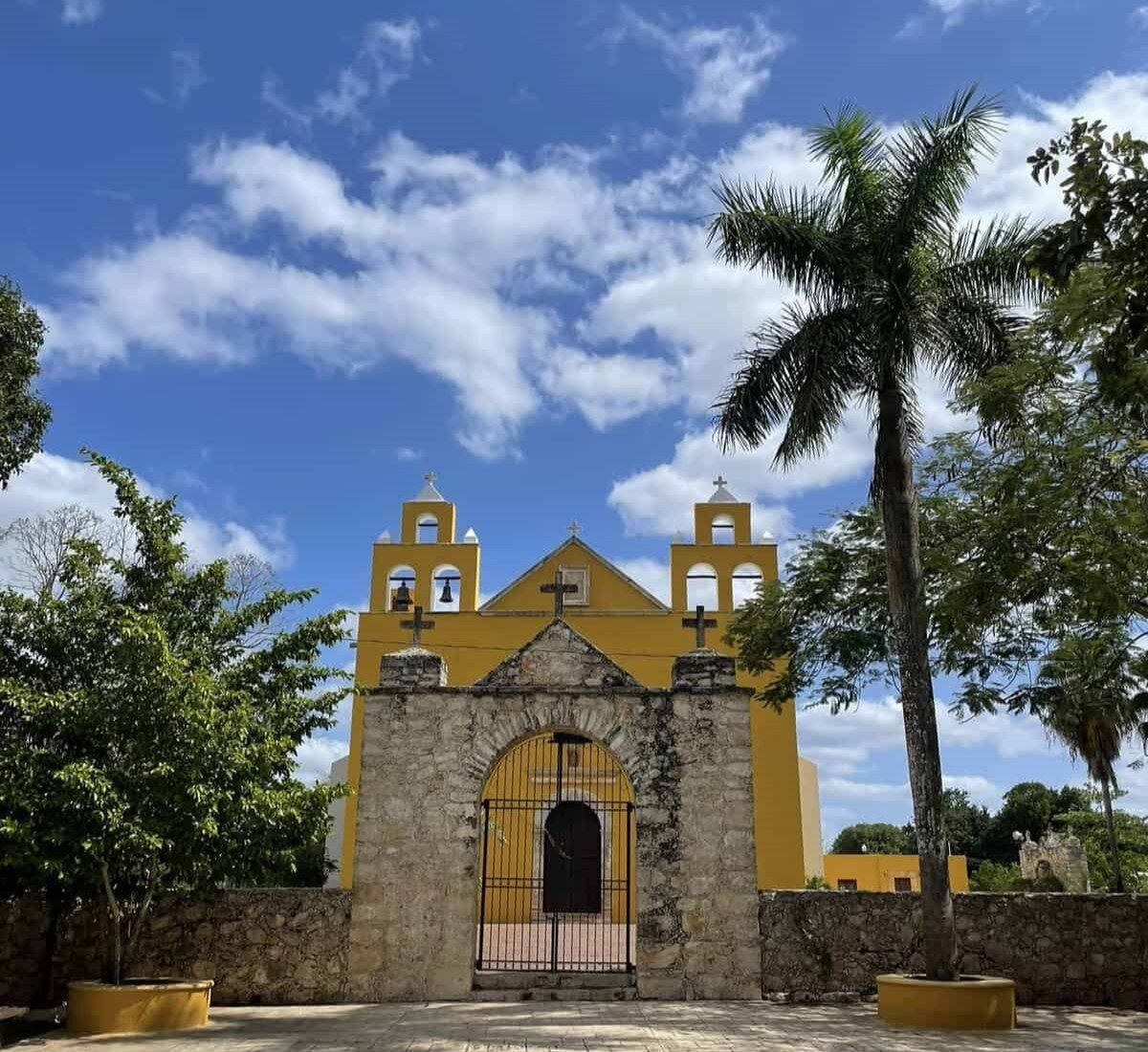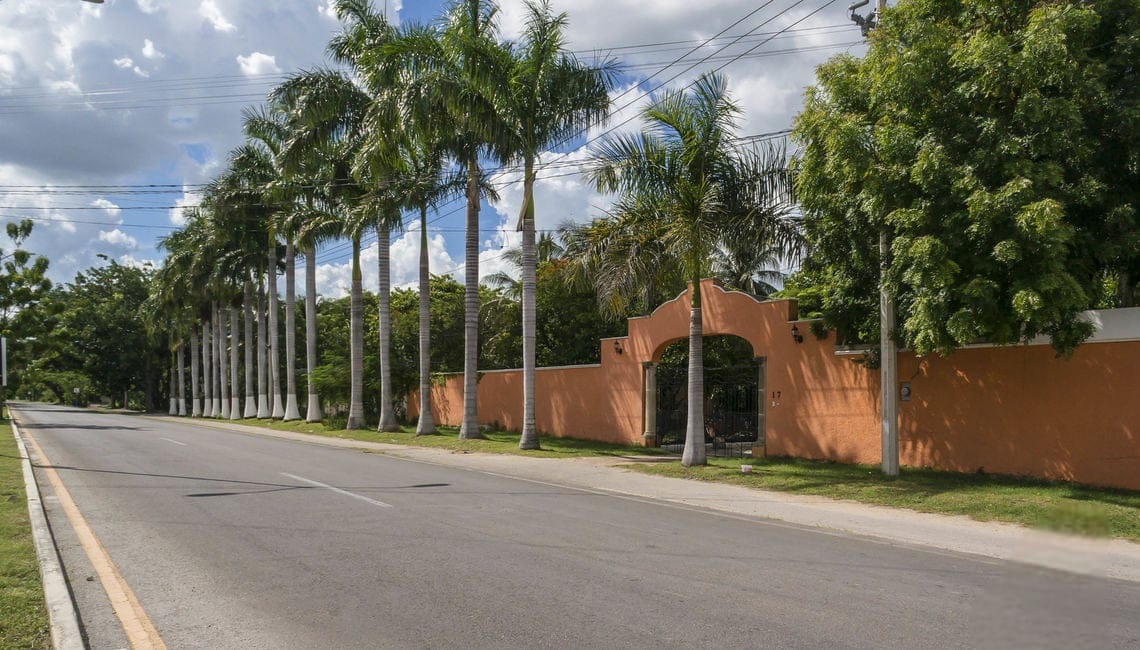Explore the City of Valladolid

Discover Valladolid
The Yellow City
The Pueblo Magico of Valladolid was founded by Spanish Conquistador Francisco de Montejo's nephew on May 27, 1543. It was named after the Spanish city Valladolid. The city quickly became a major economic center due to its location between two important trade routes.
Valladolid is now the third-largest city in the state of Yucatán, about midway between Cancún and Mérida, and is a convenient base for exploring Chichén Itzá, as it’s the closest town to the ancient site.
This popular colonial and picturesque city of Valladolid is rich in history and full of culture and traditions and was once the location of rebellions and several battles between the native residents, and the Spanish conquerors.
Two major events in Mexican history occurred in Valladolid: the Caste War in 1847 and the first spark of the Mexican Revolution (the first armed uprising in the country against Porfirio Díaz's re-election) in 1910, which is celebrated every year on June 3 with various sports and cultural events, as well as a reenactment of the event.
At the heart of the city is the main square, Parque Principal Francisco Cantón Rosado. Not far from there, you’ll also find Parque de Santa Ana, just like in Mérida. In some ways, Valladolid shares a similar charm with Mérida, such as the traditional dance performances on Sunday evenings in the main square, however this lively Colonial Town definitely has its own beat.
Directly next to the main square stands Catedral de San Servasio which looks similar to Mérida’s cathedral. This church was originally built in 1545 but was demolished and rebuilt in 1706 following violent incident known as "The Crime of the Mayors". The crime occurred on the night of July 15, 1703, when Fernando Hipólito de Osorno and Pedro Gabriel Covarrubias were assassinated inside the church by order of the mayors Ruiz de Ayuso and Fernando Tovar. The church was remodeled as atonement, changing its entrance.
About 6 blocks southwest of the main square is another landmark, the Convento de San Bernardino de Siena. The monastery is next to Parque de Sisal, a small park where you can also see the large, famous colorful Valladolid letters.
Just northeast of the main square, there’s something unusual, a cenote right in the middle of town. Cenote Zací is definitely worth a visit. If you are the adventurous type, you can jump from the edge into the deep, crystal-clear water below.
Valladolid is known by two nicknames: "La Sultana del Oriente" ( The Sultan of the East) and also "La Perla del Oriente" (The Pearl of the East).
Both are well-deserved titles due to the architectural beauty of its colonial buildings, its architectural heritage from the 19th and early 20th centuries, and its vision to become a tranquil and picturesque destination, touching both history and nature, with eyes set on the future.
Want to know more about Merida?
We want to make sure you have all the information you need to make the best decision about your housing goals. When you enter your information in the form, we will provide you with information for the Merida.
Merida
Simply enter your details below for instant access, and let’s take the next step toward your home goals together!





